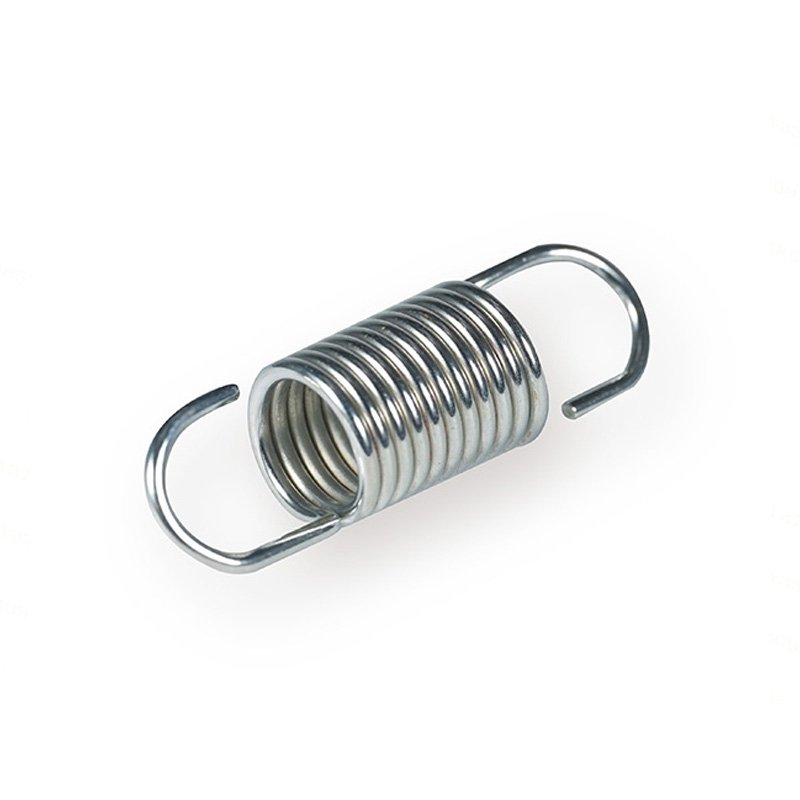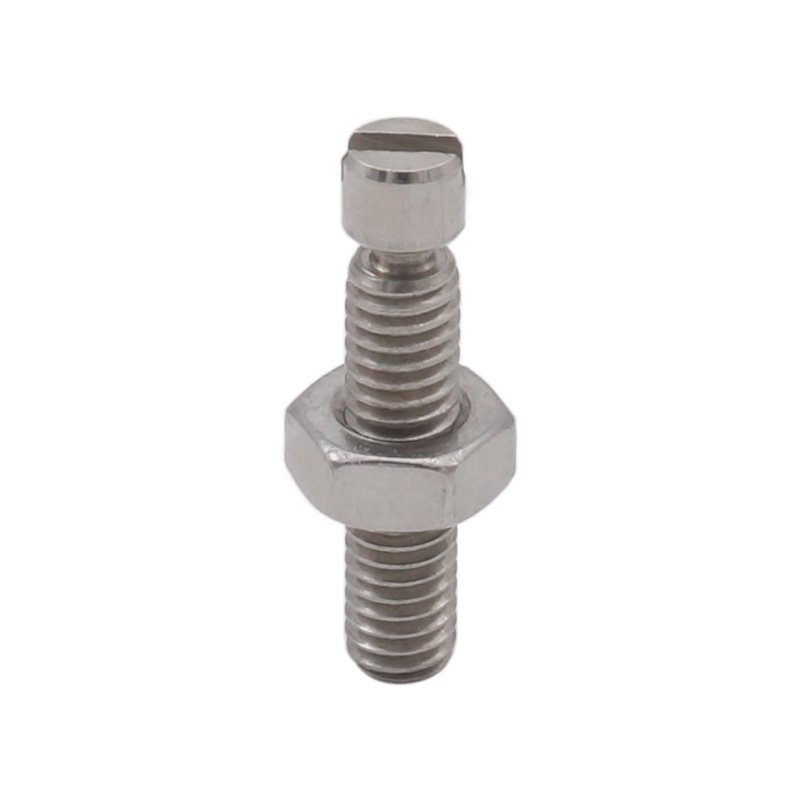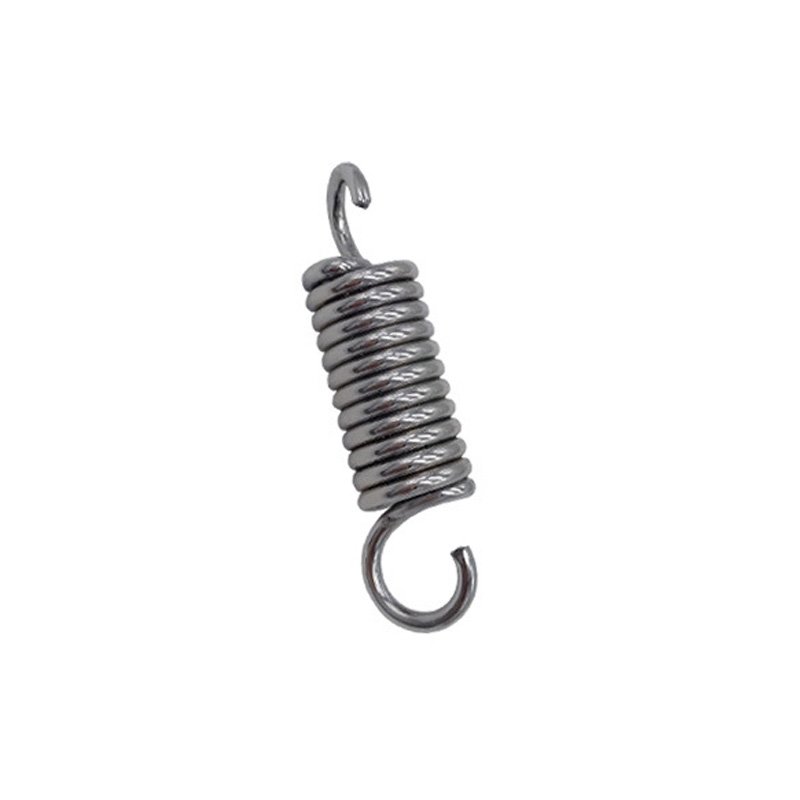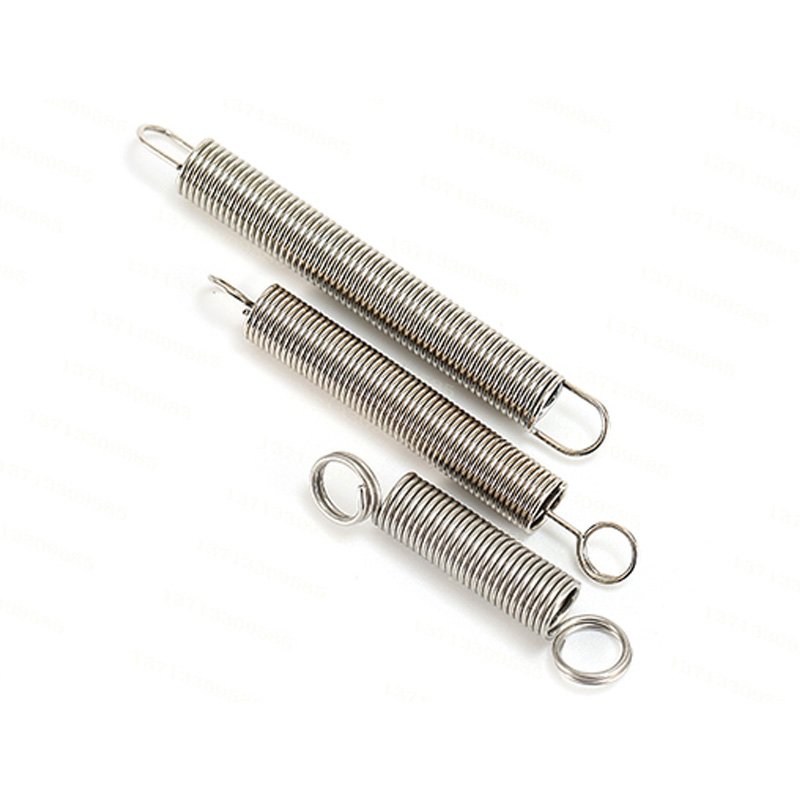Springs are fundamental mechanical components used to store energy, absorb shock, and control motion in a wide range of applications. From automotive suspensions to industrial machinery and consumer electronics, springs play a critical role in ensuring functionality, safety, and reliability. This article provides a detailed overview of springs, their types, applications, and key considerations for selection and use, based on real-world data and examples.
What Are Springs?
Springs are elastic devices that store mechanical energy when deformed and release it when the force is removed. They are designed to return to their original shape after being compressed, stretched, or twisted. Springs are made from materials like steel, stainless steel, and alloys, which provide the necessary elasticity and durability.
Key Functions of Springs
- Energy Storage: Store mechanical energy for later release.
- Shock Absorption: Absorb and dampen shocks and vibrations.
- Motion Control: Control the movement of components in mechanical systems.
- Force Application: Apply consistent force in assemblies, such as in switches or valves.
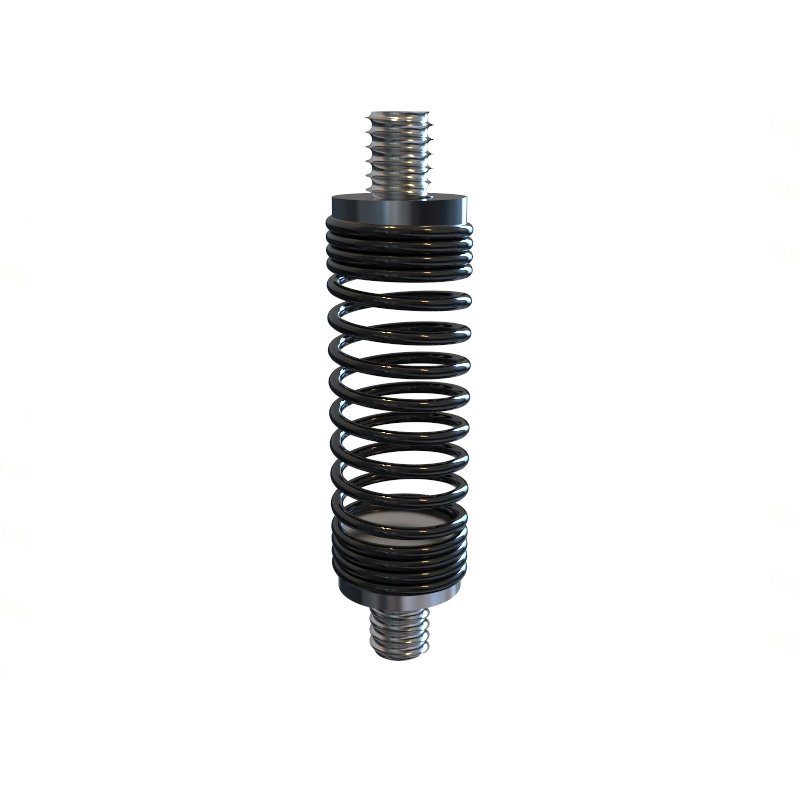 Types of Springs
Types of Springs
Springs come in various designs to suit different applications and requirements. Below are some of the most common types:
1. Compression Springs
- Design: Helical coils that compress under load.
- Applications: Used in automotive suspensions, industrial machinery, and consumer electronics.
2. Extension Springs
- Design: Helical coils that stretch under load.
- Applications: Found in garage doors, trampolines, and balance scales.
3. Torsion Springs
- Design: Helical coils that twist under torque.
- Applications: Used in clothespins, mousetraps, and vehicle suspensions.
4. Constant Force Springs
- Design: Flat strips of material that provide consistent force over a range of motion.
- Applications: Used in retractable cords, tape measures, and window blinds.
5. Belleville Washers (Disc Springs)
- Design: Conical discs that provide high load capacity in small spaces.
- Applications: Used in bolted joints, valves, and heavy machinery.
Applications of Springs
Springs are used across a wide range of industries and applications, including:
1. Automotive
- Example: Suspension systems, clutch mechanisms, and valve springs in engines.
2. Aerospace
- Example: Landing gear systems, control surfaces, and vibration dampers.
3. Industrial Machinery
- Example: Shock absorbers, conveyor systems, and press machines.
4. Electronics
- Example: Switches, connectors, and battery contacts.
5. Consumer Goods
- Example: Pens, toys, and household appliances.
Selection Criteria for Springs
When selecting springs, consider the following factors:
1. Material
- Steel: Offers high strength and durability for heavy-duty applications.
- Stainless Steel: Provides corrosion resistance for harsh environments.
- Alloys: Used for specialized applications requiring unique properties, such as high temperature resistance.
2. Load Capacity
- Static Loads: Ensure the spring can handle the weight of the components.
- Dynamic Loads: Consider the forces exerted during operation, such as vibration or impact.
3. Dimensions
- Wire Diameter: Choose the appropriate wire diameter for the required strength.
- Coil Diameter: Ensure the coil diameter matches the application requirements.
- Free Length: Consider the spring’s free length for proper installation and operation.
4. Environmental Conditions
- Corrosion Resistance: Select stainless steel or coated springs for outdoor or corrosive environments.
- Temperature: Choose materials that can withstand the operating temperature range.
5. Application Requirements
- Force: Ensure the spring provides the required force for the application.
- Cycle Life: Consider the number of cycles the spring will undergo during its lifespan.
Installation and Maintenance Tips
1. Installation
- Alignment: Ensure the spring is properly aligned with the components it interacts with.
- Preload: Apply the correct preload to ensure optimal performance.
2. Maintenance
- Inspection: Regularly check for signs of wear, deformation, or corrosion.
- Replacement: Replace damaged or worn springs to maintain system integrity.
Common Issues and Solutions
1. Fatigue Failure
- Issue: Springs may fail due to repeated stress cycles.
- Solution: Choose springs with a higher cycle life or use materials with better fatigue resistance.
2. Corrosion
- Issue: Steel springs may corrode in humid or corrosive environments.
- Solution: Use stainless steel or coated springs for better corrosion resistance.
3. Overloading
- Issue: Exceeding the load capacity can cause springs to deform or fail.
- Solution: Choose springs with a higher load rating for heavy-duty applications.
Conclusion
Springs are indispensable components in mechanical systems, providing energy storage, shock absorption, and motion control for a wide range of applications. By understanding the different types, selection criteria, and maintenance practices, you can ensure optimal performance and longevity of your systems. Whether you’re working in automotive, aerospace, or electronics, springs are a critical part of your success.

